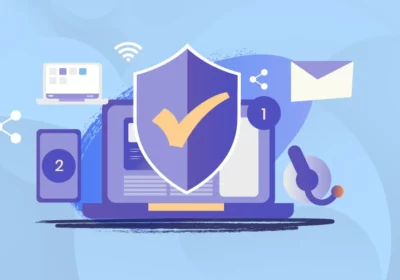Cell phones are now an essential part of our lives, and they contain a wealth of personal information. This makes them a prime target for hackers. In recent years, there has been a growing trend of cell phone hacking, and the techniques that hackers use are becoming increasingly sophisticated.
Here are some of the latest cell phone hacking techniques:
- Phishing: Phishing is a type of social engineering attack that involves sending emails or text messages that appear to be from a legitimate source. The emails or text messages will often contain a link that, when clicked, will take the victim to a fake website that looks like the real website. Once the victim enters their personal information on the fake website, the hacker can steal it.
- Malware: Malware is software that is designed to harm a computer system. Malware can be installed on a cell phone through a variety of ways, such as clicking on a malicious link, opening an infected attachment, or downloading a file from an untrusted source. Once malware is installed on a cell phone, it can steal personal information, install ransomware, or even take control of the device.
- Zero-day attacks: A zero-day attack is an attack that exploits a vulnerability in software that is not known to the public. Zero-day attacks are very difficult to defend against because there is no patch available to fix the vulnerability.
- SIM swapping: SIM swapping is a technique that allows hackers to take over a victim’s phone number. Once the hacker has taken over the phone number, they can intercept text messages and phone calls, and they can also reset the victim’s password.
- Bluejacking: Bluejacking is a technique that allows hackers to send unsolicited messages to Bluetooth-enabled devices. These messages can be used to trick the victim into clicking on a malicious link or installing malware.
- Wi-Fi hacking: Wi-Fi hacking is a technique that allows hackers to intercept data that is being transmitted over a Wi-Fi network. This data can include personal information, passwords, and credit card numbers.
These are just a few of the latest cell phone hacking techniques. As cell phones become more sophisticated, hackers will find new ways to exploit them. It is important to be aware of these techniques and to take steps to protect your cell phone from hacking.
Here are some tips for protecting your cell phone from hacking:
- Keep your software up to date: Software updates often include security patches that can help to protect your phone from hacking.
- Use a strong password: Your phone password should be at least eight characters long and should include a combination of letters, numbers, and symbols.
- Be careful about what apps you install: Only install apps from trusted sources.
- Use a VPN: A VPN can help to encrypt your traffic and protect your privacy.
- Be careful about what information you share: Don’t share your personal information with people you don’t know or trust.
- Be aware of social engineering attacks: Don’t click on links in emails or text messages from people you don’t know.
By following these tips, you can help to protect your cell phone from hacking.
In addition to the tips mentioned above, there are a number of other things you can do to protect your cell phone from hacking. For example, you can:
- Enable two-factor authentication for your phone: Two-factor authentication adds an extra layer of security by requiring you to enter a code from your phone in addition to your password.
- Use a mobile security app: A mobile security app can scan your phone for malware and other threats.
- Be careful about where you use your phone: Don’t use your phone in public places where it could be easily stolen or accessed by unauthorized people.
By taking these steps, you can help to protect your cell phone from hacking and keep your personal information safe.



